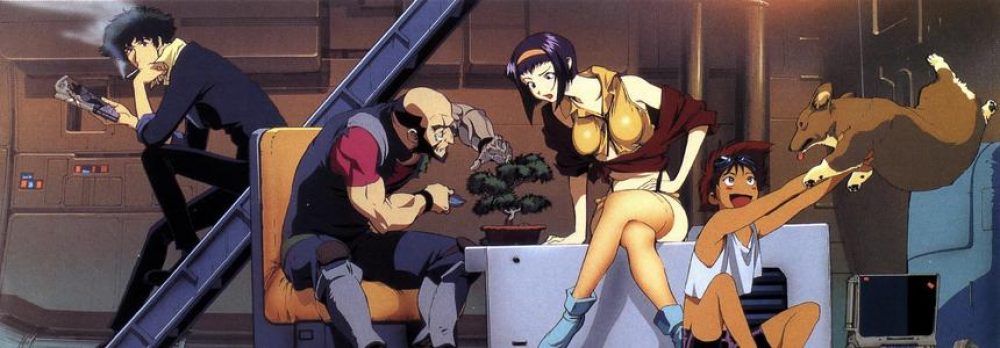The task was to animate the ball with tail at least five times, starting, as usual, with a reference video to analyze the motion.
I mainly refer to this video.
All three states of the tail animation is very clear, is a good reference video.Through the video, I found that the principles of Aniamtion which should be paid more attention to in the tail animation was squashed and stretch, brimmed with anticipation, arcs and timing.Moreover, since the tail itself follows the movement of the ball, the animation can be divided into two parts, one is the movement of the ball itself, and the other is the swing of the tail
First of all, I wanted to make the ball more than simply jumping on the flat ground for five times in a row. I wanted this animation to be more interesting, so After I imagined the movement route of the ball, I first designed a sketch in PS, which was mainly about the design of pose and movement track.In my opinion, the most attractive factor of an animation is the change, such as the change of speed and shape. If it is just a simple repetition of a movement, even if it is very interesting, people will soon get bored. So I wanted the ball to rise up in the first few jumps, then jump off the platform like a diver, and finally give the ball a cushioned jump and brake, so that the animation was more like a plot-like animation than a boring repetitive jump.

The overall process is similar to last week’s maze animation, but I have tweaked it in a few places.
First of all, on the Y-axis transformation, because this time the ball is not only experiencing force change, but also exerting force itself, I let the ball stay for two more frames when it falls on the ground several times, giving it one more time to change.

In addition, I noticed that the squash-Stretch of the ball also needs to be further optimized. The compressed state of the force of the ball and the vibration of the ball when it falls from the height can be reflected in Squash-Stretch.
(Its own power)

(Shock buffer on landing)

And then the animation of the tail, and I think arcs is very important here, because the tail itself is soft, and the smooth curve makes the tail look smooth.In the process of making the tail, I first set the pose of the tail at several key frames. It should be noted that the closer the tail is to the body, the more the tail is swung and the whole tail moves like a wave.Then gradually add details to smooth the movement of the tail.It’s worth noting that because the ball is jumping so much, the tail should also be brimming. I think it’s the principle of brimming for baby. If I want the ball to jump for baby, I will put the ball into compression and feel brimming with anticipation with its tail pushed up.


This is my tail animation:
Tips: At the beginning, use as few keyframes as possible to determine the motion trail of the ball, as the tail animation may need to be modified later.Fewer and more accurate keyframes will make the changes clearer.
